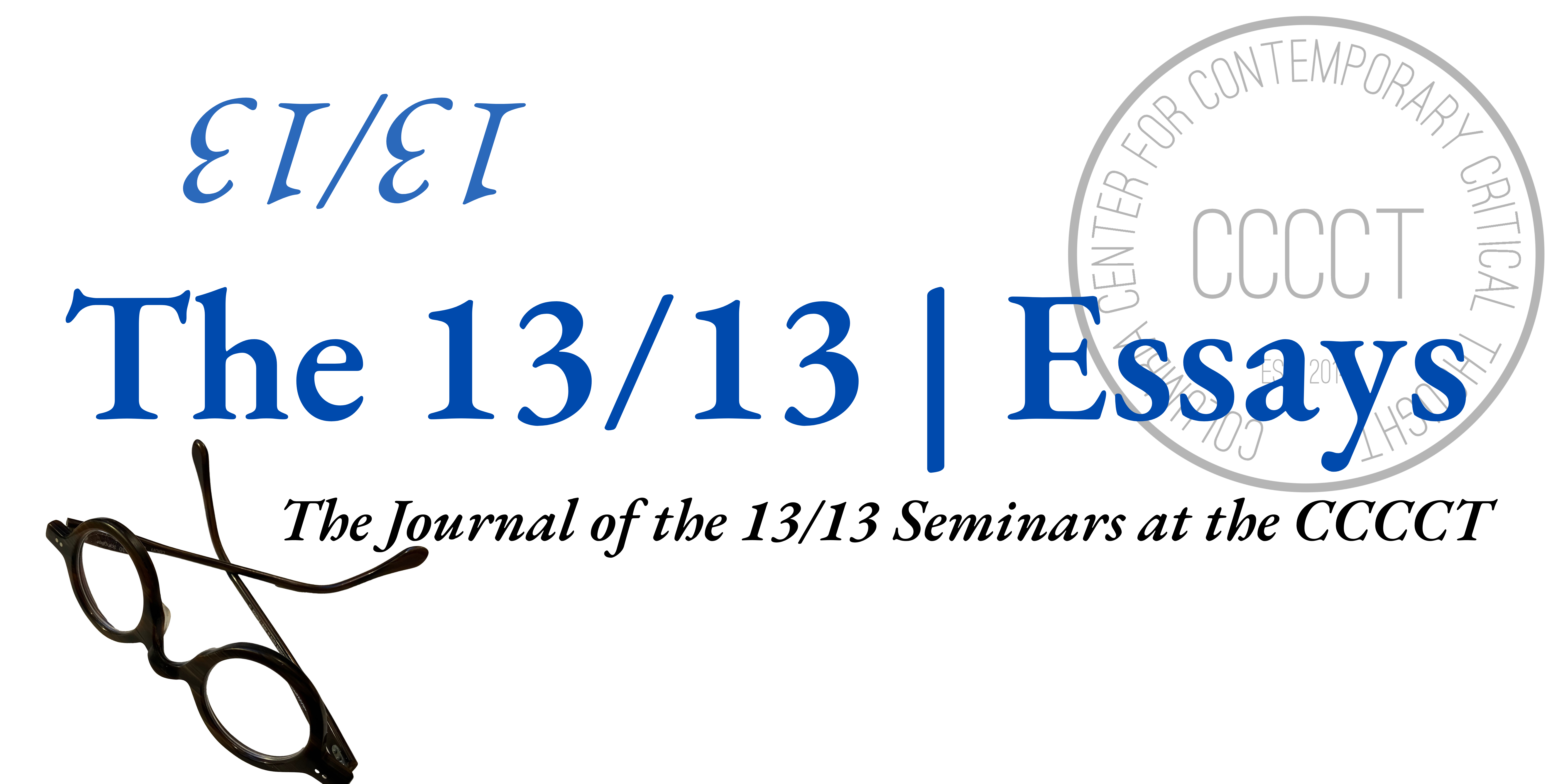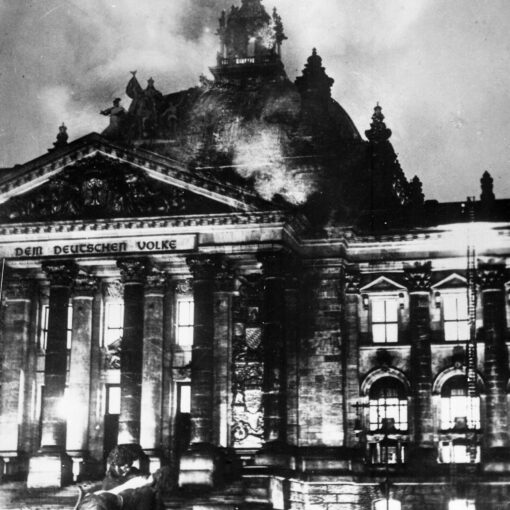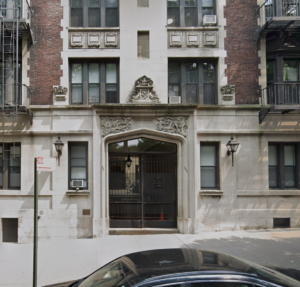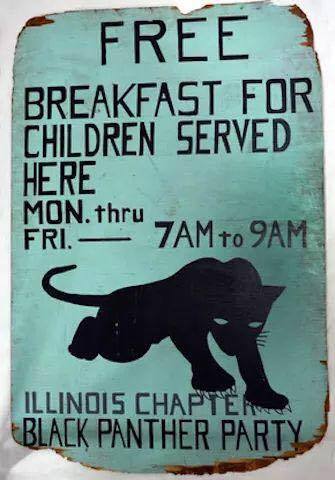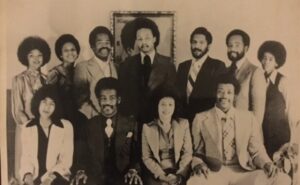
By Flores A. Forbes, author of Will You Die with Me? My Life and the Black Panther Party (Washington Square Press, 2006) and Invisible Men: A Contemporary Slave Narrative in the Era of Mass Incarceration (Skyhorse Publishing, 2016)
The foundation for a conversation about the Black Panther Party’s social programs should begin with the Ten Point Platform and Program.
The first program to be implemented was developed around point 7 which called for an immediate end to the brutality and murder of Black people by the police. This demand was implemented through a call for armed self defense, and the Black Panther Party (“BPP”) provided the example with the armed patrols. Huey Newton was in law school at the time and discovered the open-carry gun laws (his professor was Edwin Meese!) Huey Newton believed that the self-defense program would recruit members as it set the stage for the Survival Programs such as Sickle Cell Anemia Research and the Free Breakfast for School Children.
Almost all of the programs began in this way, namely with an innovative example that then became part of sustainable community programs, like churches, hospitals and other non profits. Some of the programs like the Free Breakfast for Schoolchildren Program were actually community organizing tools because local residents were hosting kids in their homes, pastors in their churches etc.
These were programs that we imagined being scaled up with public sector involvement, especially school boards. Almost every school district in America eventually adopted the free breakfast program.
Other programs followed the same model and were born of the same problem. The free health clinics substituted for hospitals that avoided Black care. The free Ambulance program (in Winston-Salem, NC) was developed because trauma emergency care redlined Black folk in the South.
It is important to emphasize that the overall strategy was to provide these programs as survival pending revolution.
The programs evolved as a result of the FBI program of COINTELPRO which resulted in 40 Panthers loosing their lives. These were programs to help the community but as things developed, they also became programs to make the Black Panthers look more relevant as they were targeted by the establishment, the FBI, and local police forces.
